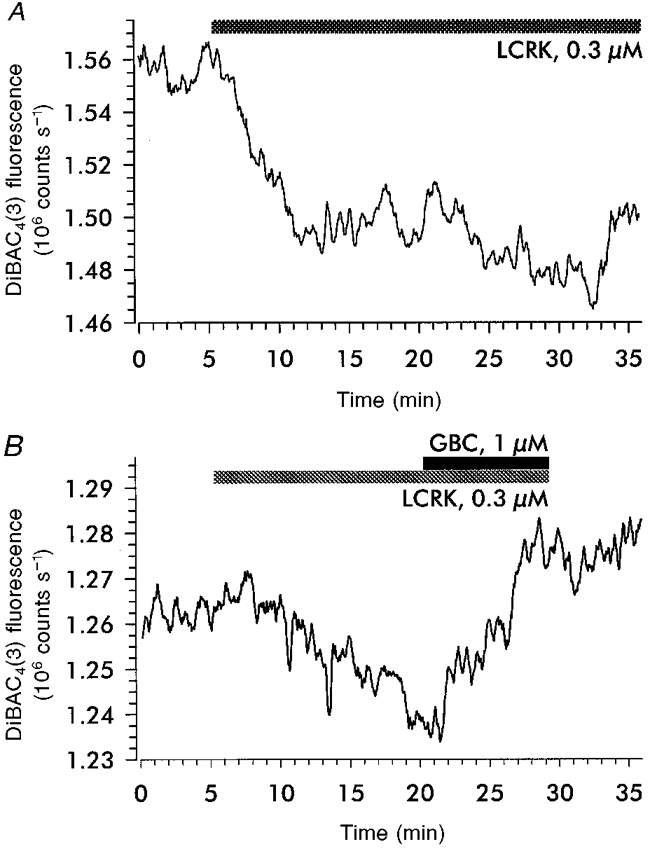Figure 2. Changes in DiBAC4(3) fluorescence induced by levcromakalim.

Glomeruli were incubated with the membrane potential-sensitive oxonol dye DiBAC4(3) and the epifluorescence from the afferent arteriole near the entrance into the glomerulus was monitored. A, levcromakalim (LCRK, 0.3 μm) induced a sustained decrease in fluorescence by 4.5 % corresponding to a hyperpolarization of ≈18 mV. B, reversal of the LCRK (0.3 μm)-induced decrease in fluorescence (2 %, corresponding to a hyperpolarization of ≈8 mV) by glibenclamide (GBC, 1 μm). The slight increase in fluorescence during the time period shown probably reflects continued dye uptake.
